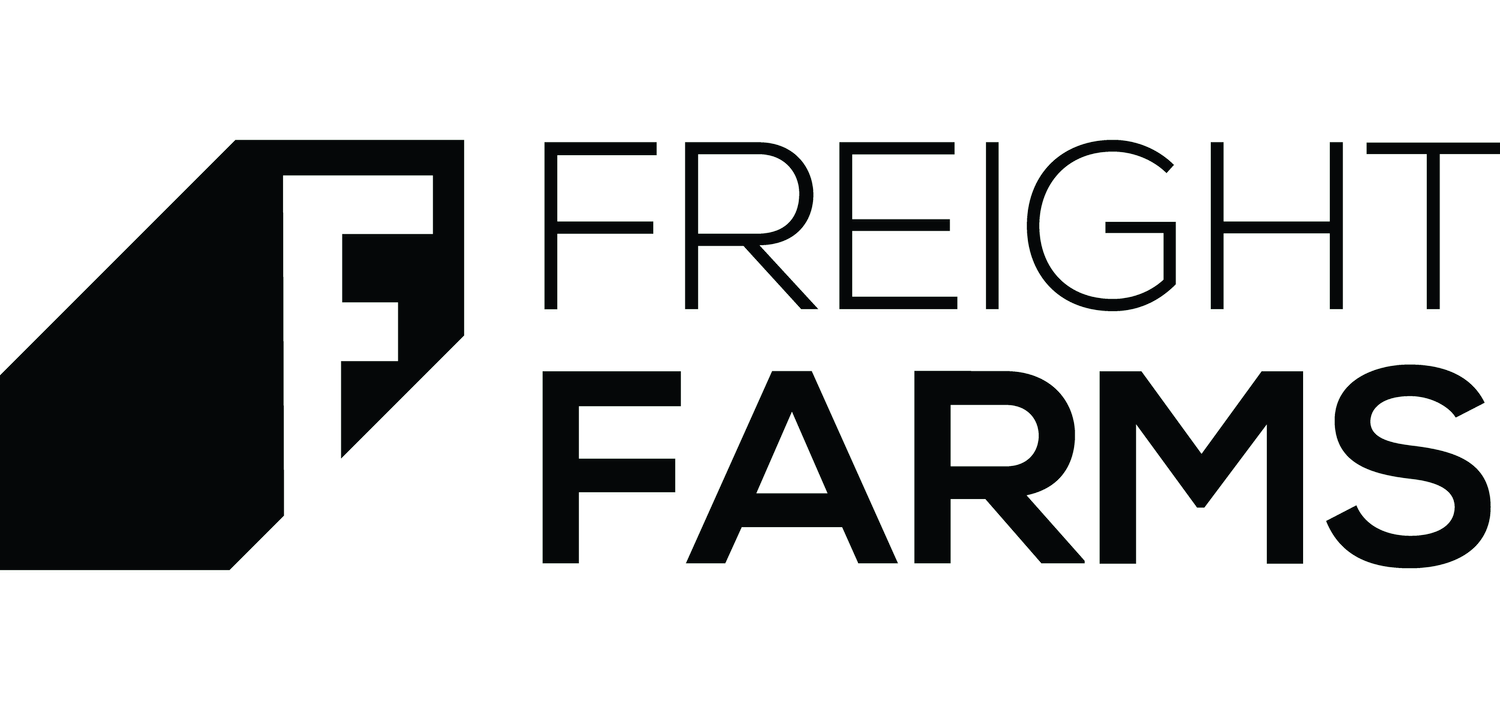We want to raise the (salad) bar for school meals. Mrs. Obama, we need your help.
Dear Mrs. Obama,
First and foremost, thank you for the work you have done to bring attention to the pervasive societal issue of child nutrition and the vital importance of school meals. As you have regularly discussed, school meals are the only ones many children regularly receive — meaning most of their required nutrients have to be packed into school-provided breakfasts and lunches. Lack of necessary nutrition has a negative impact on children’s cognitive development, concentration in the classroom, and more, widening the gap between the haves and have-nots.
But we know you know all of this — it’s the focus of your work to increase healthful school meals and your challenge to America to put 6,000 salad bars into schools. And while it's evident your challenge has effectively increased the number of salad bars in schools, we think we can help deepen your impact — so let us introduce ourselves!
We are Freight Farms and we build hydroponic farms inside shipping containers to create the opportunity to grow food for communities that wouldn’t ordinarily have access to do so. All around the world — spread across 49 U.S. states and territories and 38 countries — our farms are used to grow food year-round regardless of climate. Leading organizations like Biosphere 2 and NASA have conducted research with our technology to learn how crops can be grown in an ever-warming world and outside our world in outer space. But our farms aren’t just for research — our customers come from all walks of life, including individuals, nonprofits, resorts, universities … and schools.
Why is container farming perfect for schools? Simple: It reduces food miles by growing on-site (rather than long-distance transportation), ensures freshness, and better manages food waste. Bonus? Freight Farms’ technology uses 99% less water than traditional methods. Several schools have already made use of our technology to produce healthy meals for their students and communities, even building entire academic and enrichment programs around our farms, but we know that there is much more work to be done nationwide.
Encouraging students to eat well is one step in the right direction. Helping them to understand why healthy eating is important, educating them on where their food comes from, and exciting them about the fresh salads in their cafeteria is another … and would be a home run. How do we accomplish all four of these goals?
The concept of farm-to-school is simple — connect local farmers with schools so that they have fresh produce in their cafeterias on a daily basis. While these programs have already been successful, we urge that they be taken to the next level. Instead of “farm-to-school,” let’s push for “container to cafeteria.” Although that tagline may be less catchy, the idea and value behind it are already taking off. Schools that offer gardens have seen that 44.2% of students eat more fruits and vegetables (1) and exposure to gardening at a young age is linked to long-term positive impacts on an individual’s health behaviors (2).
So it's settled … let’s start school gardens!
Okay … we know it’s not that easy. Climate and weather conditions, among other things, must be considered. What about the schools in the Northeast or Midwest, where the growing season is May–October, leaving the majority of school months without an accessible harvest? How can we implement a sustainable year-round garden there? We’re glad you asked!
An indoor farming alternative, like Freight Farms’ hydroponic container farms, is the solution. Given our climate-controlled technology and 320-square-foot footprint, it is easier than ever for a school in the middle of Boston or in rural Alaska to start an on-campus container-to-cafeteria program. In fact, several schools across the country have added our farms to their campus and are successfully providing hyper-local, nutritious fresh produce to their cafeterias — with the added benefit of the farms being a hands-on learning lab for STEM subjects.
Do we have success stories? Of course! In the case of Morgan Hill Unified School District (MHUSD), whose objective was to simultaneously maximize nutrition and minimize environmental impact, the Nutrition Department is able to grow 60% of the lettuce heads needed for the entire district (some 8,400 students) with one Freight Farm. The program was so successful that the district purchased a second Freight Farm; once it is up and running, MHUSD hopes to grow 100% of the lettuce they need, with room to grow additional produce. Meanwhile, Albany High School in Albany, NY, brought critical access to healthy, fresh food for their students in a known food desert, while also creating learning opportunities around the farm. And the list goes on.
While our product has been accessible to a handful of schools through grants, we know so many more schools could — and should — have access to our technology, if more funds were made available for purchasing a container farm like ours. In 2023, we have a goal of adding a Freight Farm to at least one school in every state. We’d love to have a conversation with you about how we can increase funding for the container-to-cafeteria initiative — so, together, we increase access to healthy, nutritious, and sustainable school meals across the country. Our children deserve the very best, don’t they?
With respect and admiration,
Rick Vanzura, CEO & the Freight Farms Team
1. (Kids’ Safe and Healthful Foods Project. School Meal Programs Innovate to Improve Student Nutrition. Robert Wood Johnson Foundation and The PEW Charitable Trusts. 2016)
2. (Loso J, Staub D, Colby S, et al. Childhood and current gardening is associated with increased fruit and vegetable intake among college-aged students participating in the Get Fruved Study. J Acad Nutr Diet. 2016;116(9):A13. doi:10.1016/j.jand.2016.06.029)


